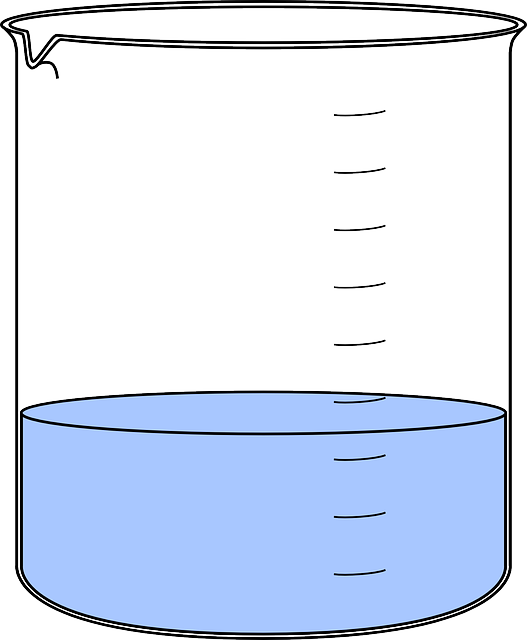Written By Adeel Abbas
Beakers are an essential laboratory tool that are used to hold and measure liquids. They are cylindrical in shape with a flat bottom, and are available in various sizes and materials. In this article, we’ll explore the different types of beakers, their functions, chemistry, uses, and frequently asked questions.
Types of Beakers
Table of Contents
Beakers come in different sizes, with the most common being 50 ml, 100 ml, 250 ml, 500 ml, and 1000 ml. They can be made of glass or plastic, and some are graduated with markings to measure liquids accurately. Glass beakers are preferred in chemistry labs due to their transparency and chemical resistance.
Beaker Function
Beakers are primarily used to hold and mix liquids. They are not designed for precise measurements, but can be used to estimate volumes of liquids. Beakers can also be used for heating or cooling liquids, as they are made of materials that can withstand changes in temperature.
Beaker Chemistry
Beakers are typically made of borosilicate glass, a type of glass that is resistant to thermal shock and chemical corrosion. This makes them ideal for use in chemistry labs, where they can withstand exposure to various chemicals and extreme temperatures.
Beaker Diagram

A beaker is a cylindrical vessel with a flat bottom and a spout. It is open at the top and can hold liquids of varying volumes. Some beakers have graduations on the side to measure the volume of the liquid in the beaker.
Beaker Uses
- Mixing solutions: Beakers are commonly used to mix solutions in a laboratory setting. They can be used to dissolve solids or mix liquids together.
- Measuring liquids: Although beakers are not designed for precise measurements, they can be used to estimate volumes of liquids.
- Heating or cooling liquids: Beakers can be used to heat or cool liquids, as they are made of materials that can withstand changes in temperature.
- Titration: Beakers are used for titrations, a type of chemical analysis that involves adding a reagent to a solution until a reaction is complete.
- Storage: Beakers can be used to store small amounts of liquids for a short period of time.
- Reacting chemicals: Beakers can be used to react chemicals together to produce a new compound or to observe the reaction between two substances.
- Observing chemical reactions: Beakers can be used to observe chemical reactions, as they are transparent and can show the changes in the color or texture of the liquid.
- Transferring liquids: Beakers can be used to transfer small amounts of liquid from one container to another.
- Dispensing liquids: Beakers with a spout can be used to dispense liquids in a controlled manner.
What is a beaker used for?
A beaker is a laboratory tool that is used to hold and measure liquids.
Why is a beaker used in chemistry lab?
Beakers are used in chemistry labs because they are made of materials that can withstand exposure to various chemicals and extreme temperatures. They are also transparent, which makes it easy to observe the liquid inside.
Who invented the beaker?
The beaker is a traditional laboratory tool that has been in use for centuries. It is not clear who invented the beaker, but it has been used in various forms since the ancient times. The modern glass beaker was first manufactured by the German company Schott AG in the 20th century.